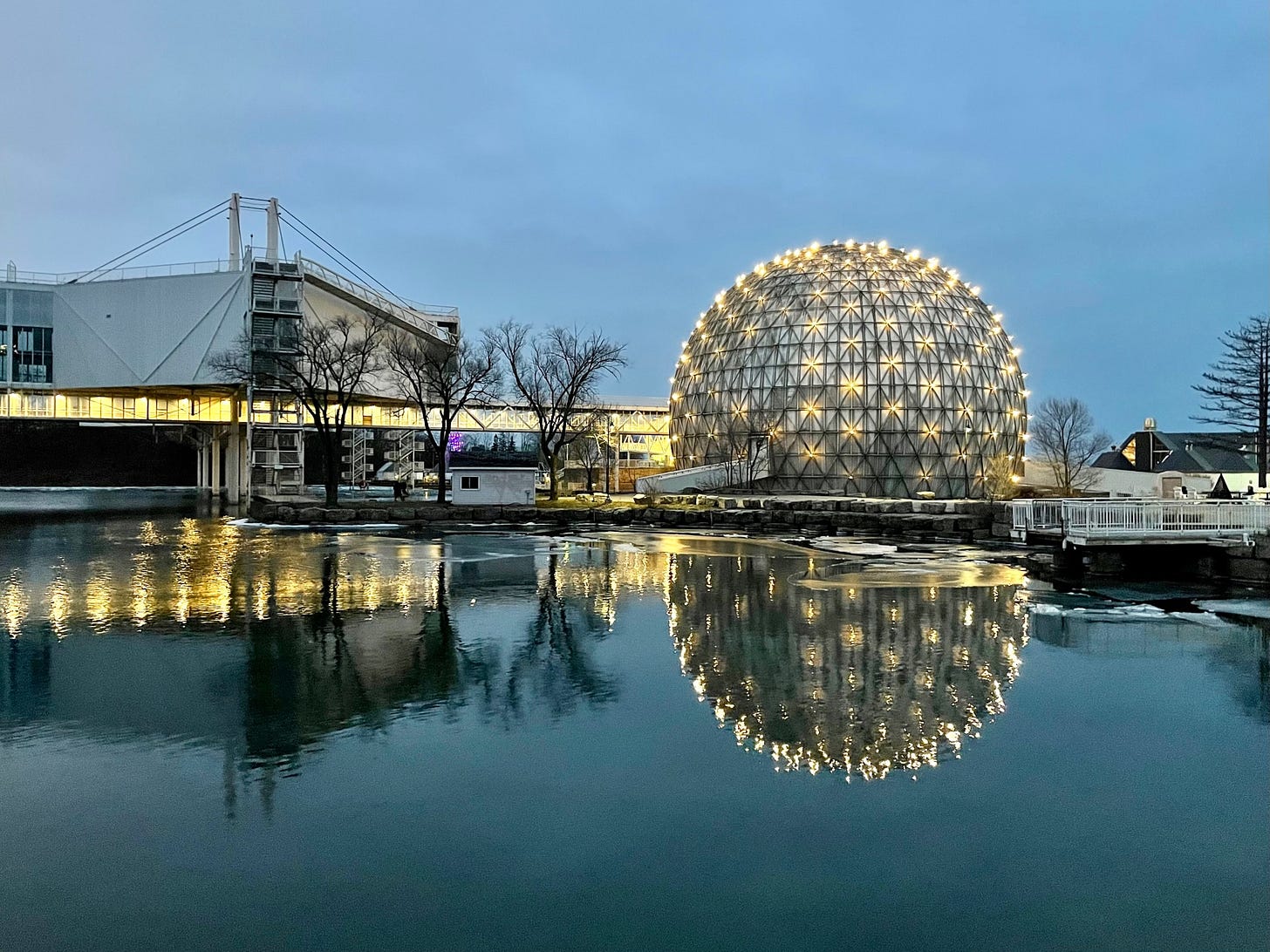re:Build (Boats, Beauty, Slime Mold, Toilets)
Hello everyone!
It’s been a long time since the last re:Build, but here we are so let’s get to it. To kick things off, I wrote about why Toronto’s best chance to solve the housing crisis might be to copy the British rowing team.
At the 2000 Sydney Olympics, one simple question led the men's eight rowing team to an unexpected gold — “Will it make the boat go faster?”
This single question determined almost every training decision:
“Should I do this workout for 70 mins?” Will it make the boat go faster?
“Should we go to the pub tonight?” Will it make the boat go faster?
“Should we change this routine?” Will it make the boat go faster?
It gave them the clarity and focus needed to achieve the unachievable. I came up with my own "Will it make the boat go faster” question in a recent post to examine Toronto's housing strategy.
Will it make housing more affordable for the most people possible?
This ought to be, I think, the North Star that guides Toronto's housing strategy. It's not the only question we should ask. Nor will answering it solve all of our housing problems. But housing is upstream from other important challenges and answering this one simple question can act as a reminder of the direction in which we need to be headed. A focus on improving affordability for the most people possible makes solving our other problems easier.
In the post, I examine how effectively two recent housing interventions can improve affordability for the most people possible, (1) Expanding Housing Options in Neighbourhoods (EHON) — a proposal for more flexible land-use rules in low-rise residential neighbourhoods, and (2) Inclusionary Zoning (IZ) — new rules around major transit stations that require developers to set aside new units as affordable housing.
Further reading: Will it make Toronto more affordable for the most people possible?
The ordinary beauty of everyday life in a thriving city

I love this tweet from Jay Pitter because it reminds me of warmer days and the stuff that can make cities greater than the sum of their parts. The beauty of these sounds is the life expressed in them. They’re dynamic urban life at its best. That Jay even has "favourite urban sounds" is a welcome reminder that beauty is an ordinary everyday thing, we need only the ears to hear it.
Slime mold should plan our subways
Slime mold or Physarum polycephalum is a single celled amoeba that could take the politics out of transportation planning and get projects done faster…and I’m only half kidding.
This yellow blob is pushing the boundaries of what we consider intelligence. Without a brain, nervous system, or engineering degree; slime mold is fascinating because of its ability to solve complex computational problems.
With a bit of oatmeal and a map of urban areas, slime mold was able to accurately recreate Tokyo's rail network. After initially engulfing the whole map, it pulled back leaving behind interconnected branches of slime that linked the pieces of food in almost exactly the same way that roads and rail lines connect major hubs in Tokyo.
Now researchers want to use slime mold to help plan future transportation routes either with living slime or a computer program that adopts its decision-making process. In a city like Toronto where we argued about the extending a subway line for 15 years only to settle on building 3 new stations by 2030, maybe it’s worth giving slime mold a shot?
Further listening: Unexplainable Ep. 09 — A brainless yellow goo that does math
What do locked public restrooms say about a city?
David Perell is a curious explorer of ideas and cities. In a recent newsletter he describes how he sees public bathrooms as an indicator of the social health of a city. For him, closed restrooms are a sign of urban decay and a tragedy of the commons.
I love the idea of using heuristics to evaluate a city, I just don’t agree with this one. Locked (or non-existent) public restrooms have long been an issue in Toronto. But it’s only since the pandemic began, that it’s captured the attention of many people who started spending more time outside.


I don’t see this as the city losing trust in selfish individuals. Toronto’s locked public restrooms are a much stronger indicator, I think, of the priorities of a low tax city that would rather keep property taxes down than deliver services.
Got any other urban heuristics? Here are two others that come to mind:
Who rides transit? Everyone takes transit in New York, no so much for Los Angeles.
How to people get their coffee? Some people can walk to a coffee shop, other are in a Starbucks drive-thru.
Photo of the month
The Cinesphere may not be long for this world, but it’s one of my favourite places to run. Ontario Place is weird, decrepit, and another reminder of the ordinary beauty of everyday life.
Until next time,
Angus




